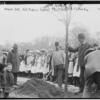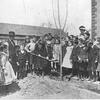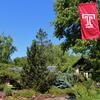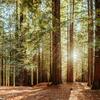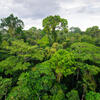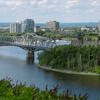Arbor Day
Arbor Day is a time to encourage people to plant and protect trees. Many communities traditionally take the opportunity to organize tree-planting and litter-collecting events on or around the holiday. The first modern Arbor Day dates all the way back to 1805. The first Arbor Day in the United States was held in 1872 when an estimated one million trees were planted in Nebraska. Trees provide the very necessities of life itself. They clean our air, protect our drinking water, create healthy communities, and feed the human soul. But these life necessities are threatened around the globe.


